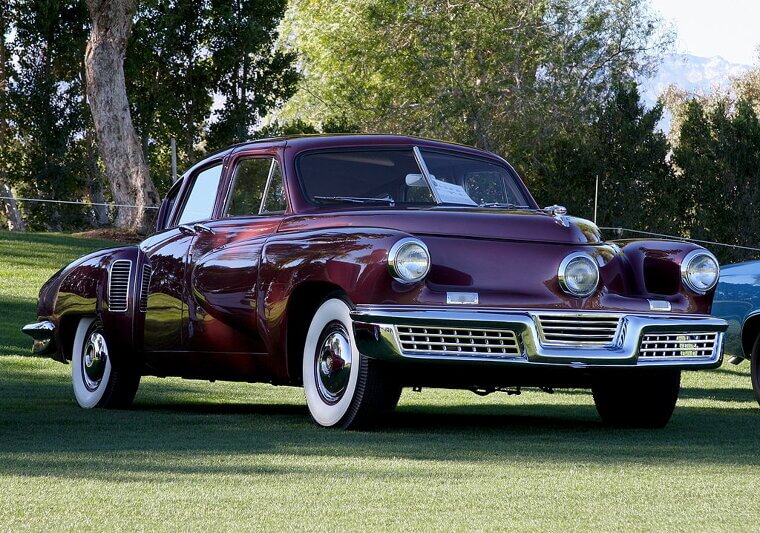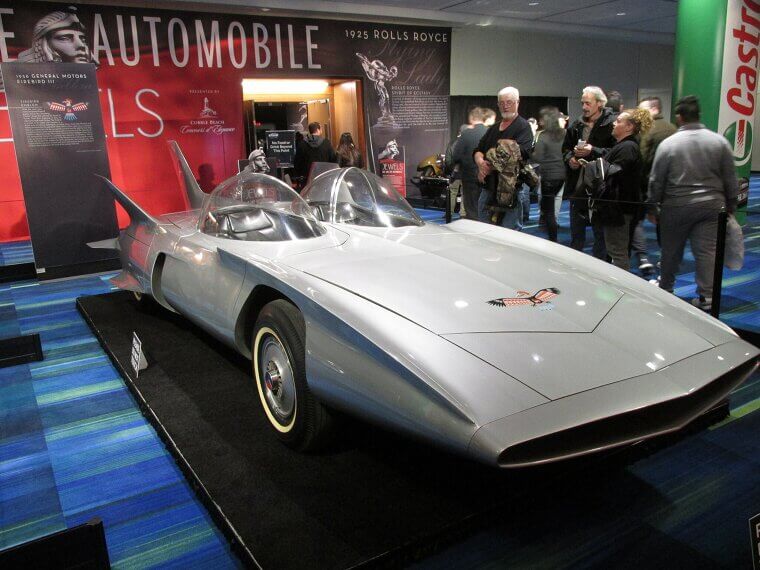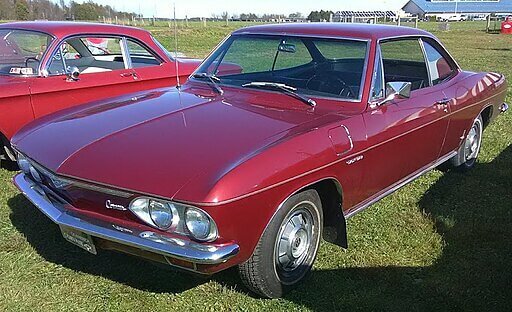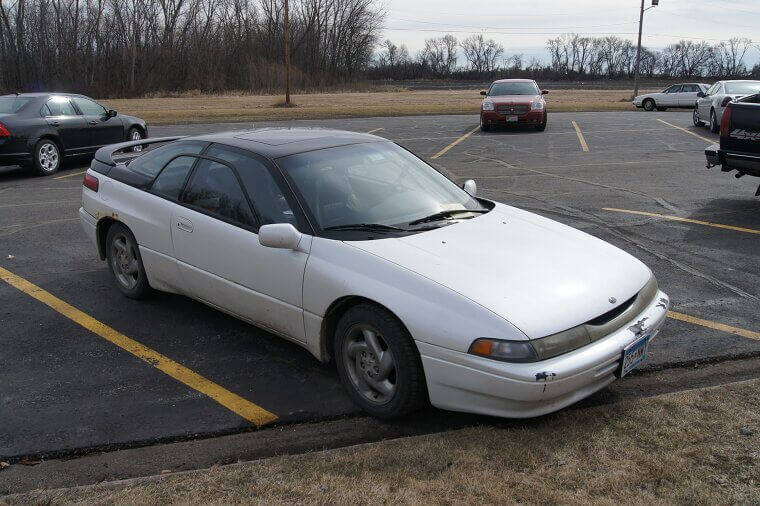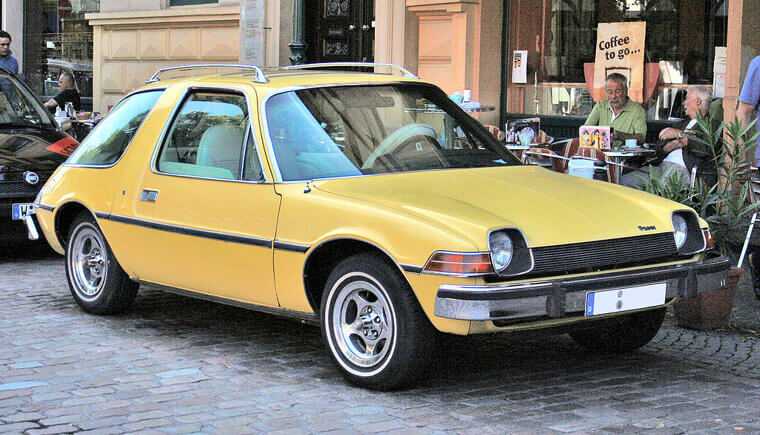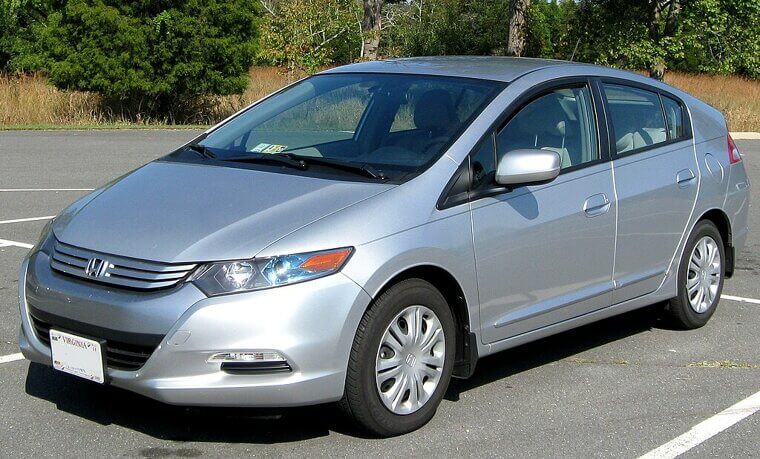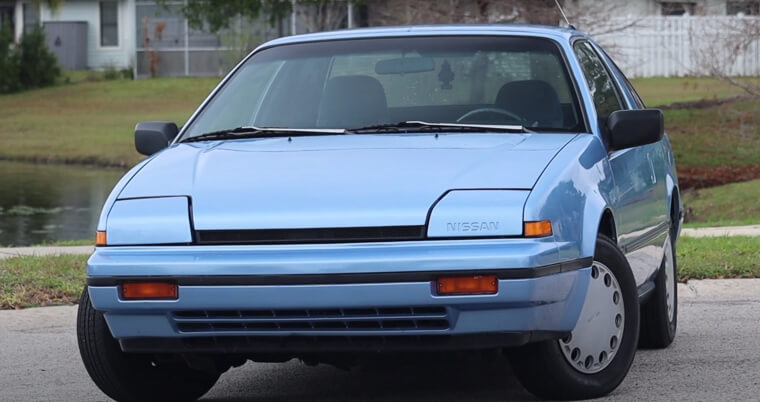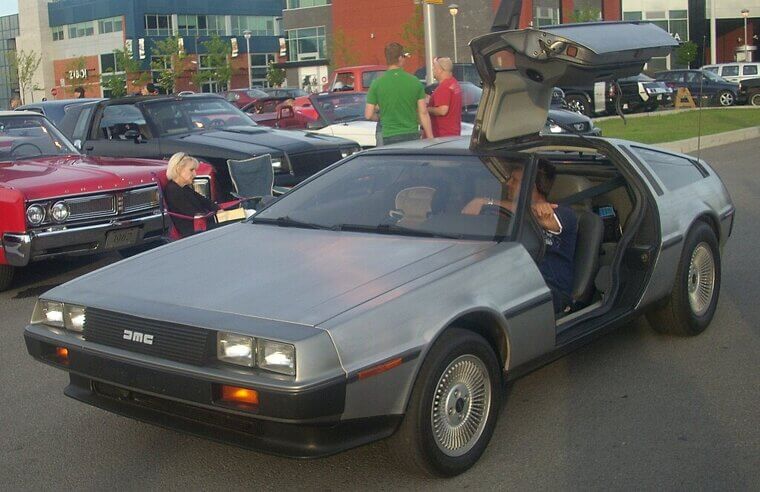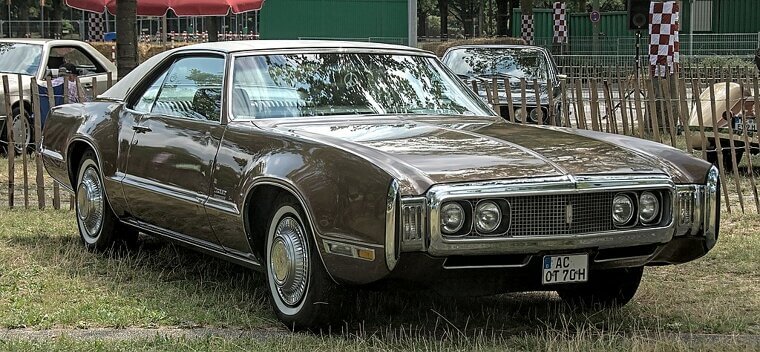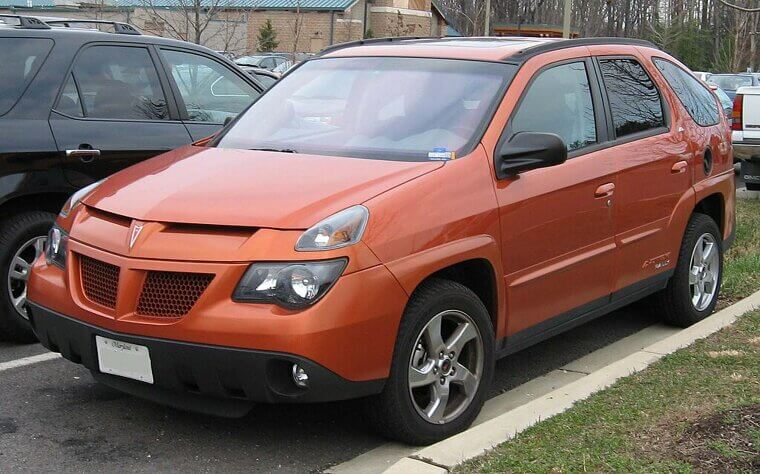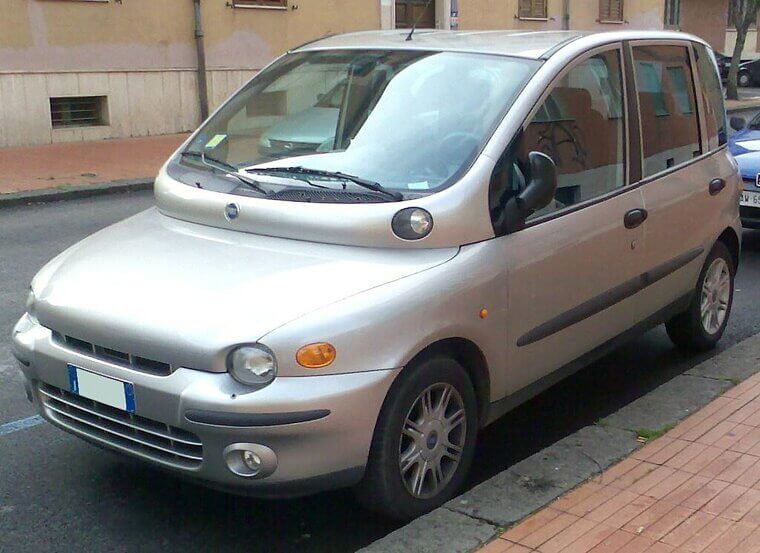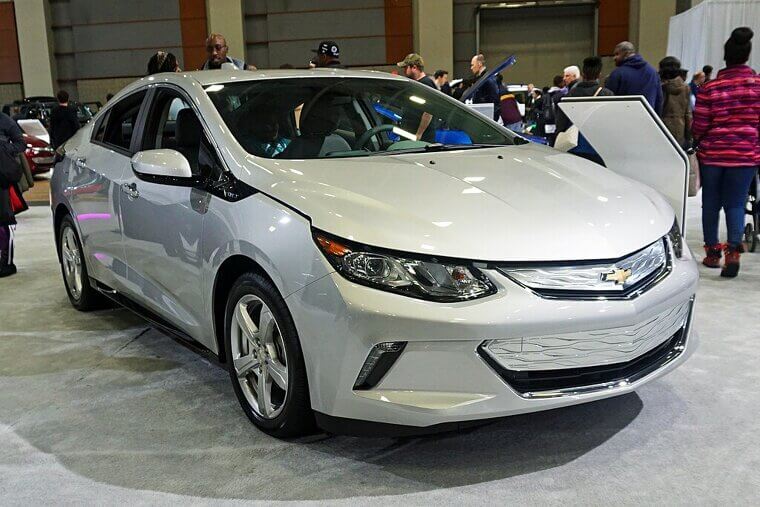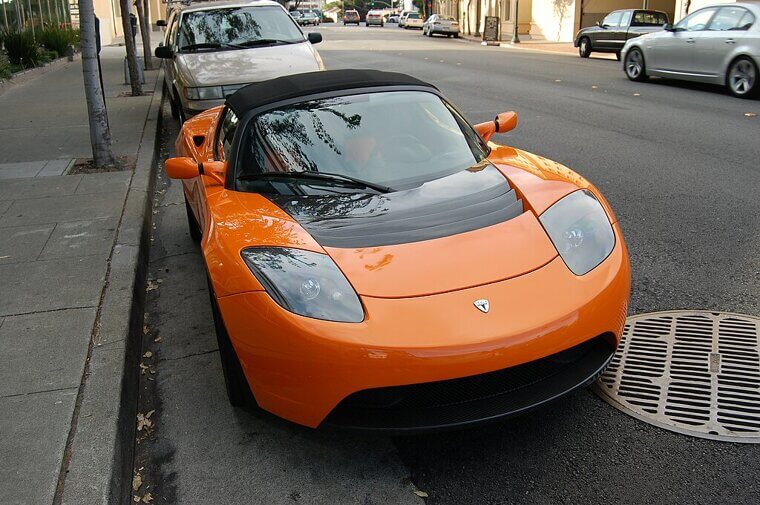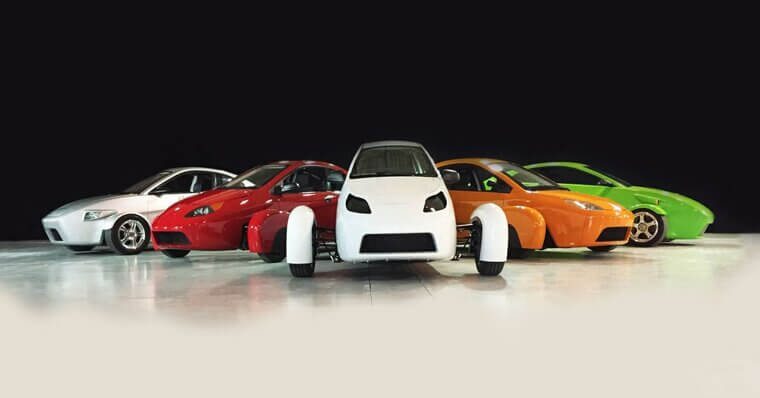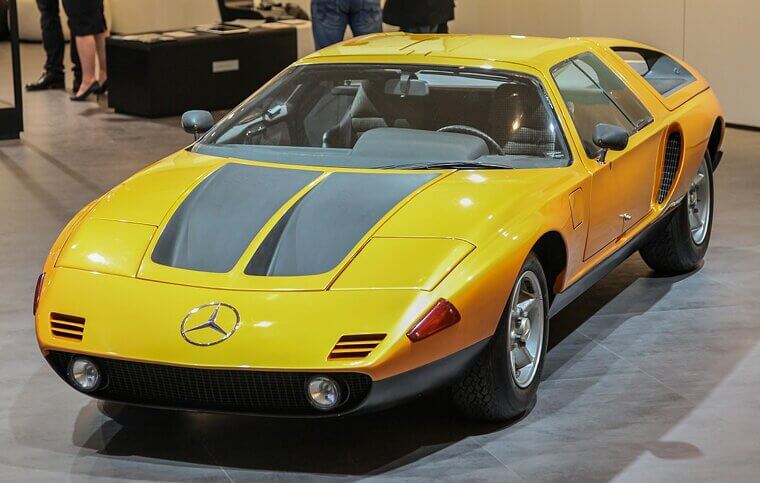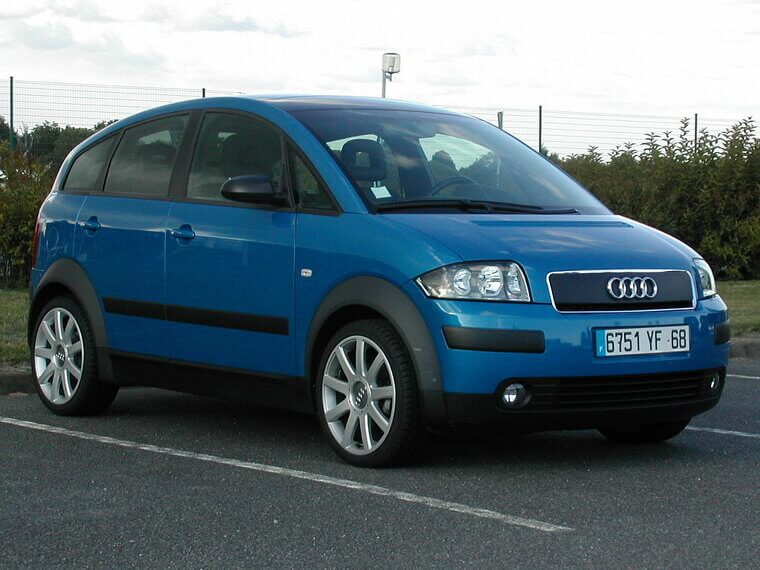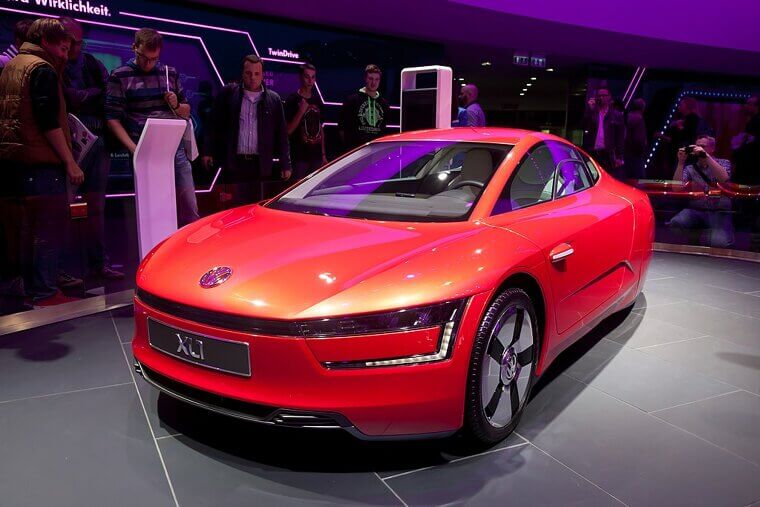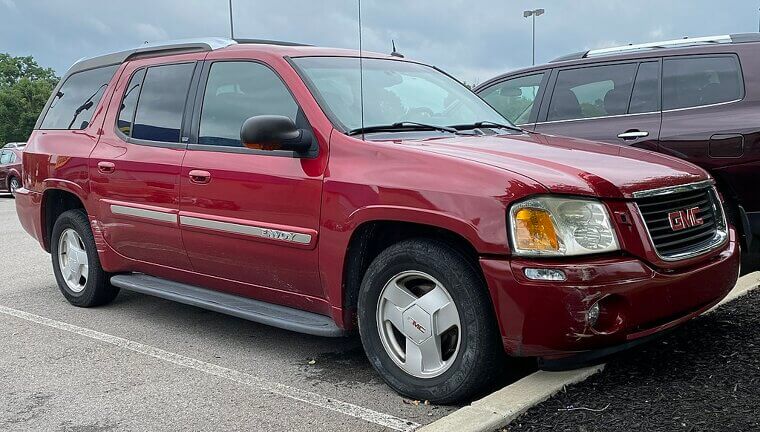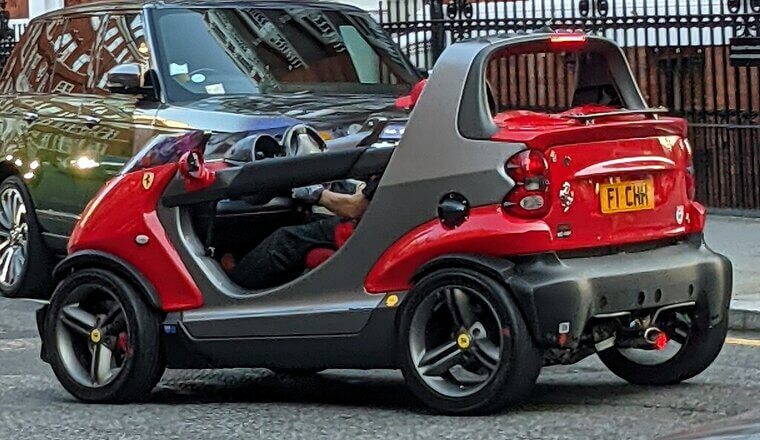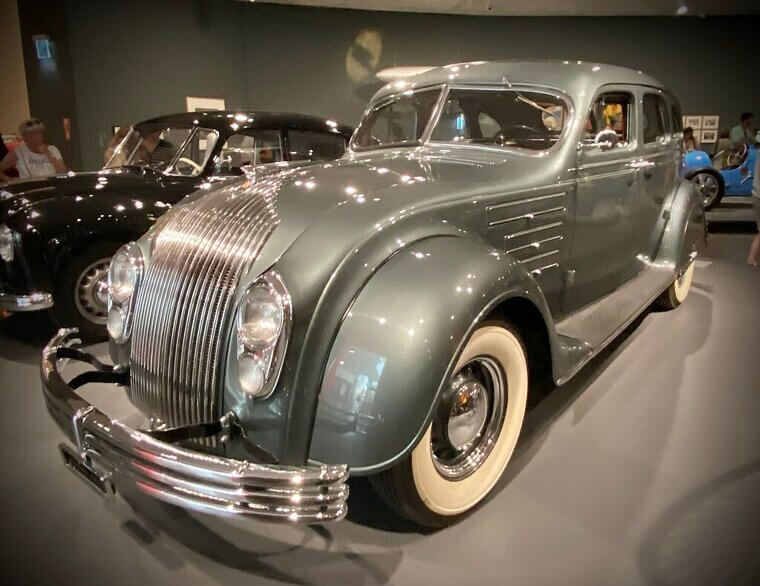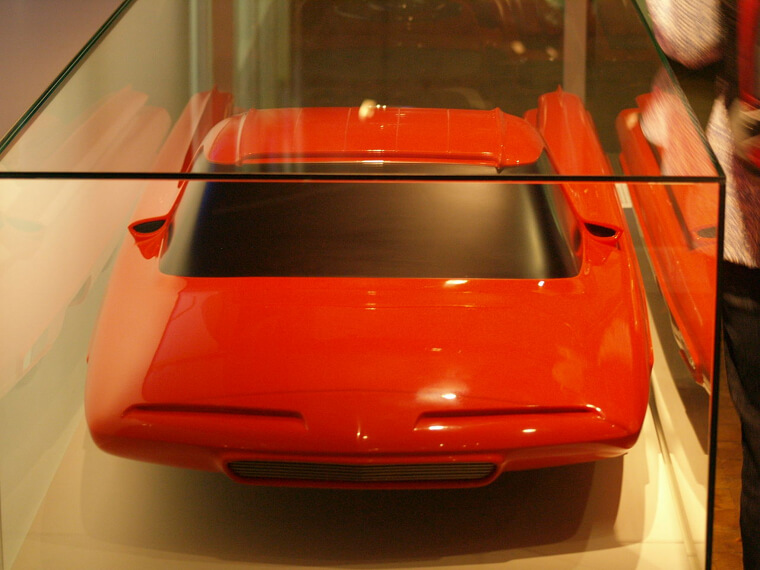Tucker 48 (1948)
Even before seatbelts were invented, the Tucker 48 introduced safety to drivers with a shatterproof windshield, padded dash and crash compartment for passengers, among other things. Controversy and government-corporate conspiracies killed it though, leaving the car that could have been at the roadside.
Chrysler Turbine Car (1963)
If you ever wanted a jet-powered sedan, the Turbine Car was it. Powered by a jet turbine engine, it could run on any fuel source from diesel to petrol, to tequila and perfume! However, it was noisy, while fuel economy and emissions were a nightmare.
Citroën DS (1955–1975)
Widely considered one of the most innovative cars ever made, the DS came with power steering, advanced aerodynamics and a semi-auto gearbox as standard and was the first car mass produced with front disc brakes (in 1955!). Together with its hydropneumatic suspension, its engineering voodoo was too advanced for mechanics.
General Motors Firebird I/II/III (1953–1959)
These firebirds were concept cars, not sellable models; visions of the future with gas turbine engines (Firebird I) autonomous driving guidance (Firebird II) and wings (the Firebird III had 7 of them, and voice control, too). They were too impractical to catch on, but they made people dream of tomorrow.
BMW Z1 (1989–1991)
While carbon fiber was still a spark waiting to ignite, the Z1 was bringing drivers plastic body panels you could remove to change your car’s color, and doors that retracted downward into the sills. It even had advanced safety features, but it was too expensive to produce en masse.
Mazda Cosmo 110S (1967–1972)
The Cosmo was a pioneer when it came to engines - it was the first mass-produced unit with a Wankel rotary engine - though it came with other delights such as 4-speed manual and twin distributors. Even though the engine had faults, it laid the groundwork for future rotary tech!
Chevrolet Corvair (1960–1969)
As one of the first turbocharged production cars in the U.S. - back in 1962, if you can believe it - the Corvair should have soared, but its swing-axle rear suspension came under fire from Ralph Nader in his book “Unsafe at Any Speed,” tanking its reputation.
Subaru SVX (1991–1996)
The SVX looked like a spaceship with its double-bubble sci-fi side windows and luxury styling; it even had AWD, but its lack of manual transmission and expensive price tag put many people off. Now it’s a cult classic, and even today its unique appearance raises eyebrows.
AMC Pacer (1975–1980)
The short but very wide pacer was an oddball, originally designed for a planned rotary engine that never saw the light of day. Instead, it was left as a quirky vehicle with curved glass reminiscent of a fish bowl - emissions problems turned many buyers away, though.
Honda Insight (1999–2006)
With its tiny 1.0L engine and lightweight aluminum body, the Insight could get crazy mileage (up to 70 MPG) and had some needless - but stylish! - aero-inspired designs that made it look high tech. Alas, drivers felt that it was too much like an experiment to invest in.
Nissan Pulsar NX Sportbak (1987–1990)
If you ever dreamed of driving a Transformer, for NX Sportbak wasn’t far off! Everything about it screamed ’80s, including its modular rear end design, which could be swapped for a hatchback or titular “Sportbak” wagon. It has fans now, but back then? Not so much.
DeLorean DMC-12 (1981–1983)
Despite its current “Back to the Future” fame, the DMC-12 was a failure in its day. It looked fantastic with its stainless steel body and sleek gullwing doors, but it was underpowered, overpriced and had jigowatts of quality control issues.
Oldsmobile Toronado (1966–1992)
A huge coupe with FWD was a bold move for Oldsmobile in 1966, and one powered by a 385-hp 455ci V8 engine was even more so. Despite being large and beautiful, it was too weird for its day... yet it did help propel US FWD cars forward.
Pontiac Aztek (2001–2005)
The Aztek never fit into its skin - the front end was a punchline and while it offered plenty of functionality and versatility (it even had built-in camping features) it was an odd bird with identity issues. Thanks to its appearance on “Breaking Bad,” it now has a fan club.
Toyota Previa (1990–1999)
You couldn’t mistake the Previa’s strange egg shape, but it was function over form - it actually made it aerodynamic, and with its AWD and supercharger options, it could move! Its genius was scuppered by a mid-engine layout, which made maintenance needlessly complicated.
Fiat Multipla (1998–2010)
Although it’s considered among the ugliest cars ever, the Multipla was super practical; it looked like two car faces stacked together to form a spacious 6-seater. It was ingenious, but it was also so ugly that drivers of its age shrieked and ran away.
Lancia Stratos HF (1973–1978)
The Stratos HF was the first car built for the World Rally Championship - it was dynamic, aggressive and became a rally legend - but there were very few made, and it was impractical for daily use, especially with regards to emissions regulations and insurance.
Renault Avantime (2001–2003)
This luxury minivan coupe was more like a rolling art exhibit than a vehicle; it was all glass and plush seating. It was only released in Europe, but even there it was niche - too strange for coupe fans and not practical enough for minivan lovers.
Peugeot 1007 (2004–2009)
A city car with electric sliding doors? The Peugeot 1007 was pulling out all the ingenuity stops, and its interior had swappable panels like smartphone cases! It didn’t reach the U.S. and itw as too expensive overseas to be popular.
Chevrolet Volt (2011–2019)
The Volt was a plug-in hybrid that smartly used gas to generate electricity once its battery ran out, elegantly solving ranged anxiety. The downside is that it was costly, and so unique that it caused buyer confusion over whether it was a hybrid or an EV.
Saab 900 Turbo (1978–1993)
The 900 Turbo was inspired by aircraft, and it shows - it had an ignition between the seats and turbocharged performance in one quirky shell. It was a weird-looking creation with fickle reliability so while it wasn’t a huge success it did have some fringe fans.
Tesla Roadster (2008–2012)
As the first mass-produced, highway-legal EV, the Roadster brought fun and torque to electric vehicles. At the time though, Tesla was essentially a startup releasing an expensive vehicle with untested reliability and limited production numbers. It’s probably remembered more as the car launched into space!
BMW I3 (2013–2022)
With its carbon fiber, light-weight body and use of sustainable materials, the i3 even had a tiny gas generator for backup… but it was widely considered ugly (the description “futuristic space can” was bandied around). It wasn’t just ugly but expensive too, so it didn’t gather lots of fans.
Elio Motors Prototype (2012–??? )
Elio promised its Motors vehicle would be a three-wheeled commuter car for just $6,800 dollars with 84 miles per gallon! Drivers put down thousands of deposits even though it seemed too good to be true… because it was. It was never actually released!
Mercedes-Benz C111 (1969–1979)
Mercedes-Benz threw every experimental idea they had into the C111, from gullwing doors, a fiberglass body, turbo diesels and experimental Wankel rotary engines. Later models could hit 250+ mph! But it didn’t really launch; unreliable rotary engines, poor emissions and terrible crash safety killed its chances.
Audi A2 (1999–2005)
An aerodynamic, light-weight aluminium body (and a front service hatch instead of a hood for some reason) were the crowning flexes of the A2, but the U.S. never saw it. Now it’s considered brilliant, but back in its day it was expensive, weird and hatchbacks were just uncool.
Volkswagen XL1 (2013–2016)
This plug-in electric hybrid could hit an astonishing 260+ miles per gallon and with its gullwing doors and sci-fi style it looked like a spaceship. The catch? Only 250 were ever made, and Volkswagen forgot about comfort and practicality. Then there was the diesel scandal…
GMC Envoy XUV (2004–2005)
If Optimus Prime was a pickup, he’d be an Envoy XUV! Its roof and midgate retracted, and it had a power tailgate window, but unfortunately no one really wanted those things in a pickup. It became a confusing combination of features that ultimately missed every mark, despite its innovations.
Smart Crossblade (2002)
The weird little Crossblade had no doors, roof or windshield and it was mostly designed as a rolling party wagon rather than a practical vehicle. Unsurprisingly it didn’t make it to the states - it was completely exposed to the elements!
Citroën Ami (1961–1978)
Only Citroën would dare release an ugly duckling like the Ami in all its reverse-rake-rear-window, asymmetrical-headlights “glory.” It was underpowered and not really designed for a U.S. audience; Citroën was an unknown quantity and the Ami unlikely to win anyone over.
Buick Reatta (1988–1991)
The hand-built Reatta was doing touch screens way before Tesla, and it’s amazing that Buick had one to control diagnostics, radio and climate… in the ’80s! However, it was a bit of a glitchy mess that couldn’t justify its excessive price.
Chrysler Airflow (1934–1937)
Chrysler threw away the boxy designs of its day for a sleek aesthetic tested in wind tunnels to provide maximum aerodynamics. It was too much too soon, and people in the ’30s couldn’t take it, leading to competitors sabotaging its reputation.
Ford Nucleon (Concept) (1958)
The ’50s weren’t called the atomic age for nothing - people dreamed of a time when atomic power lifted up lives, and the Nucleon concept was one such design. It worked (in theory) on a nuclear reactor; a bonkers idea that was cool in concept but obviously impractical.
Toyota C+Pod (2020–present in Japan)
The C+Pod is a micro-mobility wonder, a tiny, two-seater EV that’s light as a feather and designed for compact cities and roads. It’s ideal for Japan, but not the U.S., nor was it ever intended to be! It’s an intriguing snapshot of what could be the future should infrastructure expand even further.

